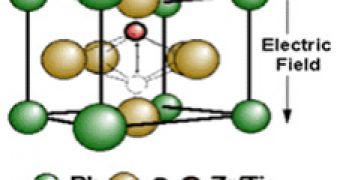In the computer industry, in order to fit in, you must speak the IT language, because voltages and frequencies do sound understandable to people, but HT, ATX, PCB, D-SUB 15, FCPGA don't sound good and when you take a term such as SSE, which looks simple and break it down for somebody who doesn't know the lingo, you end up saying SSE, meaning Streaming SIMD Extensions, which also is kinda weird but people manage to understand streaming something extensions. Then you go out saying SSE means Streaming Single Instruction Multiple Data Extensions, and they like, what?
So it gets pretty hard for somebody that hasn't had much experience with this domain to understand, yet along make a reasonable assumption of a product when he or she doesn't even get what others are talking about. Now, if for an inexperienced user it's difficult to understand, basically, us, then another burden comes along, remembering all of the terms, and what each represents, and having to deal with newer terms being added all the time, to a very long list I might add. For instance, let's take the memory domain, without even thinking about the memory types that existed several years ago, let's just take what we normally use at the present time, we have SD-RAM, DDR, DDR2, DDR3, GDDR3, GDDR4, there is talk of GDDR5, NAND, not going back a little bit, RD-RAM, XDR, then there are SRAM, PRAM, and now FRAM. It's a neverending battle.
From the FRAM series, Fujitsu just released a 2Mbit Ferroelectric RAM memory chip, the largest module in capacity the company has in volume production in the world. This new generation of FRAM outperforms EEPROPM and BBSRAM (see what I was talking about earlier) memories, allowing for 10 billion read/write cycles. FRAM is non-volatile, although in other respects operates as a RAM module, and due to its high data retention capabilities, Fujitsu has released some comparisons between FRAM and other memories. It is 30.000 times faster than EEPROM, has 100.000 times more endurance over EEPROM and uses 200 times less power than EEPROM.

 14 DAY TRIAL //
14 DAY TRIAL //